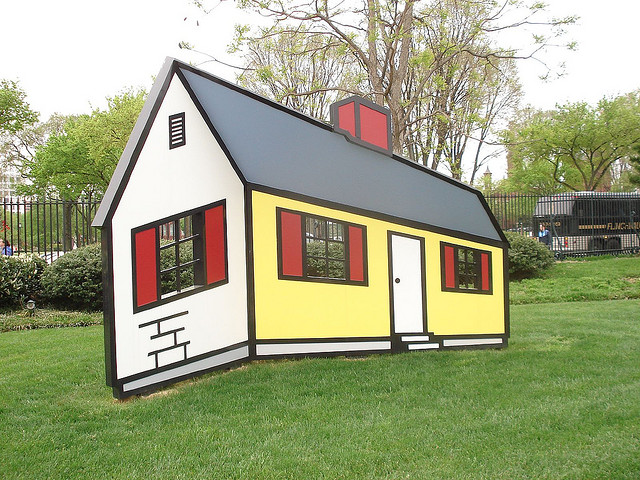An increasing number of older adults are choosing to age in their homes rather than in nursing homes or other institutionalized settings. With the population aging, there are too few home care aides and nursing assistants to care for older adults in their communities. But, in August the D.C. Circuit upheld a new Obama Administration Labor Department regulation providing home care workers minimum wage and overtime protections, which should encourage more people to enter these professions.
Nursing assistants and home care aides help older adults bathe, dress, transfer from their beds to a wheelchair or walker, use the toilet and eat. They also talk to patients about their health care needs and may report concerns to nurses. They sometimes take people’s blood pressure and temperature as well. Some are trained to give patients their medicines. Many of the people they care for are chronically ill, disabled or cognitively impaired.
According to the Bureau of Labor Statistics, in 2012 the median pay for nursing assistants was $11.73 an hour or $24,400 a year. And, there were 1,534,400 jobs. Home care aides had even lower hourly wages of $10.25 and average yearly earnings of $20,820. There were 875,000 of these jobs. Training for these jobs is limited at best.
The new Obama Administration Labor Department rule designed to provide 2 million home care workers better pay was set to go into effect in 29 states in January 2015 but then was challenged. Those states did not have a minimum wage law that applied to these workers because they did not consider Medicaid payments to be wages. These workers are now eligible for the $7.25 hourly minimum wage, as they already were in 21 other states, as well as overtime pay.
In the 10-year period between 2012 and 2022, the Bureau of Labor Statistics projects a 21 percent average growth rate for nursing assistants and a 48 percent growth for home care aides, as compared to 11 percent average growth rate for all jobs.
An increasing percentage of people will be over 65 in the coming years, and about 70 percent of them will require long-term care services and supports. Eleven million people needed paid long-term care services in 2013.
Here are three tips for planning for long-term care services and supports, including questions to consider regarding long-term care insurance. Keep in mind that Medicare only covers limited home care and skilled nursing care under certain conditions.
Until now, home care aides, like babysitters, were not eligible under federal law for overtime pay and not covered under labor rules.











The desire to stay in your home until you die is a sure way to burden your children. I’m 65 and I’ve now gone through my grandmother (we finally forced my father to move her into a board and care home when she was 95), my mother (my father cared for her–she had Alzheimer’s–with the help of a few aides from long-term care insurance and me), and now my 98 year old mother-in-law, who moved to a smaller home 15 years ago, but she no longer recognizes it (apparently she only remembers her first home.) We have daily help who cook, clean, bathe, take her places, and put her to bed, except the three nights a week my husband, my younger brother-in-law, or I put her to bed. Her best friends, who are fortunately 20 years younger than her, have begged her to move to assisted living because she’s just not safe being alone. We have suggested that someone live in with her, but she adamantly opposes this. She is incapable, mentally or physically, of being left alone, but she and my younger brother-in-law can’t recognize this.
I give you all these details, because I believe that the best solution for most of us elderly is a three step housing program in one place. I am talking about housing that includes apartments for unassisted living that have assisted living when necessary, and full-time assisted living for those who are sick or have dementia. I’ve seen a few of these and while they are very pricey, you don’t have move when your abilities change. You can eat in the dining room when you want, there are multiple activity rooms, and multiple excursion types. I’m really looking for something for former rock musicians–an activity room for amplifiers, guitars, etc.! This kind of housing is very flexible depending on the situation you are in.
Frankly, I think staying in your own home past 70 is risky. I know everyone is thinking, but what about the money? Well, I think that we are the baby-boomers, and there will be so many of us, that this kind of option may start to look cheap. My mother-in-law still has money, but she’d have a lot less if I hadn’t started handling it when she was 94. And I plan on using my inheritance to fund this kind of retirement. I do have long-term care insurance, but we’ll see how it goes. Good luck all, but rethink staying in your home until you die.
And bear in mind, we pay my mother-in-law’s caregivers $18 an hour.